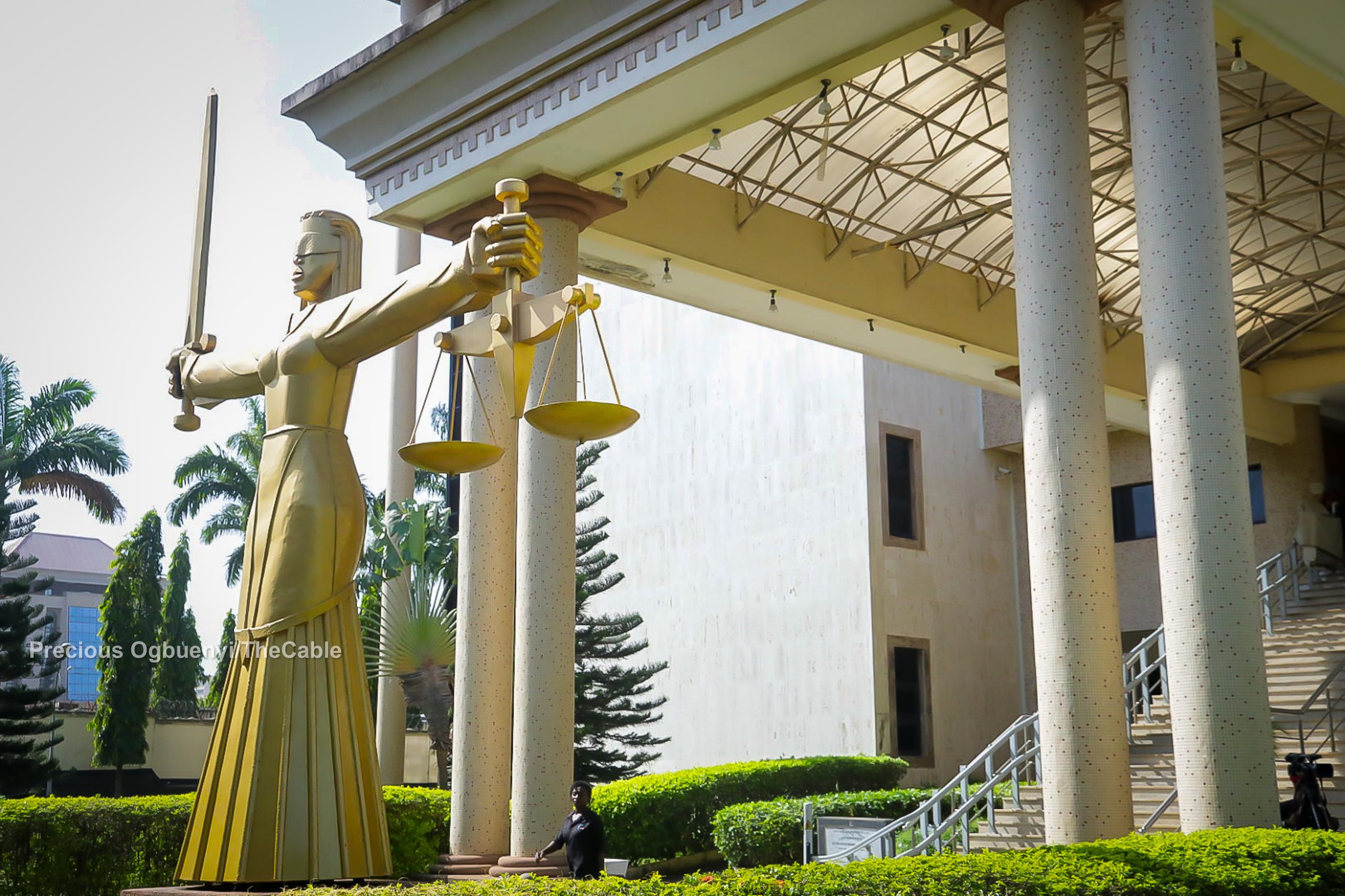Asteroid Larger Than Golden Gate Bridge Approaches Earth In Rare Event
An asteroid that may be as big as the Golden Gate Bridge in San Francisco will fly safely by Earth on Thursday, June 5, 2025. Bigger than 97% of asteroids, for such a large object to come close to Earth is a relatively rare event, but asteroid 424482 (2008 DG5) won’t pose any threat.
An asteroid bigger than the Golden Gate Bridge, 2008 DG5, will safely pass Earth on June 5, 2025, ... More posing no threat despite its size.
gettyAsteroid 424482 (2008 DG5) is about 1,017-2,264 feet (310-690 meters) in size, which puts it in the top 3% of asteroids, according to SpaceReference.org. In Manhattan, that's the distance from Grand Central Station to the One World Trade Center.
It will come within 2.17 million miles (3.49 million kilometers) of Earth, about nine times farther than the moon. The moon is, on average, 238,855 miles/384,400 kilometers from Earth.
That may not sound close — and it certainly poses no danger to Earth — but the European Space Agency classes such a close pass of such a large asteroid as "infrequent."
Any object that comes within 4.6 million miles of Earth and is larger than 492 feet is capable of causing significant regional damagein the event of impact. 2008 DG5 is therefore referred to as a “potentially hazardous object” by NASA.
2008 DG5 is an Apollo asteroid, which means its orbital pass crosses Earth’s. It orbits the sun every 514 Earth days and was discovered in 2008 by the Catalina Sky Survey near Tucson, Arizona, part of NASA’s Near Earth Object Observation Program. 2008 DG5's next close approach will be in 2032.
It poses no danger to Earth, but if an asteroid the size of 2008 DG5 did strike Earth, it could cause catastrophic regional damage, possibly causing shockwaves and tsunamis. For context, the “Tunguska Event” in 1908, which saw a fireball, massive forest fires and 80 million trees knocked over, according to NASA, was caused by an asteroid just 130 feet (40 meters) in diameter in size exploding six miles above Siberia. At the other end of the scale, the Chicxulub asteroid that’s thought to have caused the dinosaur's extinction was six to 10 miles (10 to 15 kilometers) wide.
2024 YR4, an asteroid about 130 to 300 feet (40 to 90 meters) in diameter — as wide as the Statue of Liberty is tall — was a significant news story earlier this year when astronomers calculated it would strike Earth on Dec. 22, 2032.
In the weeks after its discovery on Dec. 27, 2024, by the Asteroid Terrestrial-impact Last Alert System in Chile, 2024 YR4 was thought to be destined to strike Earth along a “risk corridor” calculated as stretching from the eastern Pacific Ocean through northern South America, the Atlantic Ocean, Africa, the Arabian Sea and South Asia. At one point, NASA’s Center for Near-Earth Object Studies had the asteroid’s impact probability at 3.1% — the highest ever recorded for an object of that size — but on Feb. 24, it reduced the likelihood of an impact event almost to zero.
Forbes‘City Killer’ Asteroid Suddenly Declared Safe — What To Know
ForbesThe Asteroid That Will Get Closer To Earth Than Any In Human HistoryBy Jamie Carter
ForbesWill ‘Apophis’ Hit Earth In 2029? We’ll Know In 2027, Scientist SaysBy Jamie Carter











